
Top 10 Best Spanish Basketball Players
Our list of the best Spanish basketball players EVER. Spain has brought us some of the best basketball players ever, these are the best of the best. … Read More
The current flag of Spain features two red stripes, one wider yellow stripe in between, and the Spanish crest is featured, slightly offset to the left. But the flag of pain has suffered many transformations over the centuries, as the governing powers changed hands. In this article, we go over all of the changes the flag has experienced and why.
An official Spanish flag was first recognized by the Royal Decree of 1843, signed by Isabella II. This regulation turned the two-colored flag with a shield in the center into what we know today as the flag of Spain. But, even though the flag has been around so long, most people, even native Spaniards, ignore the origins of the design.
The modern configuration of the flag was first put forth during the rule of Charles III. The king decided that the unified kingdoms within Spain needed a national sign that would stand out and would be easily recognizable on Spanish ships out on the high seas. Until then, the Spanish flag was white, and on it was the Bourbon dynasty coat of arms.
Other kingdoms of the era shared a similar design. Parma, Naples, France, Tuscany, or Sicily, and even Great Britain, also used a white background. This made it very hard to differentiate allied ships from the enemy at a distance.
But let’s go even further back to see how we arrived at the current design. The first real conquerors of the Iberian peninsula, the Romans, used to carry rigid banners into battle, and only with the passing of the centuries would begin to carry cloth flags. So we have to look to the Arab occupation of the peninsula, and the Crusaders in the rest of Europe, who would bring from the East this custom of carrying cloth banners. The first flags in the Iberian Peninsula were, therefore, those of the Muslims and the kingdom of Córdoba.
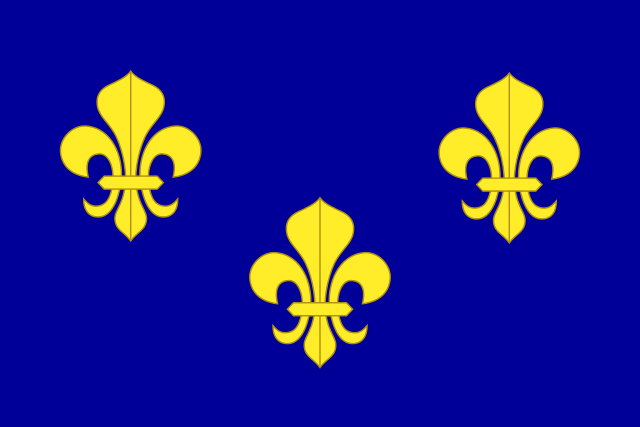
Over time, Christians adopted this new custom, but at first, the flags only displayed a royal emblem. Flags and banners only represented only the king or, at most, the monarchy. Later they would become associated with the different territories.
Now that the use of flags and banners has been established in the Spanish territory, we have to move to a point in time when the different kingdoms in Spain were unified. Some contend that that didn’t really happen until the reign of Felipe V, but the unification of the country began under the rule of the Catholic Kings: Isabel and Fernando.
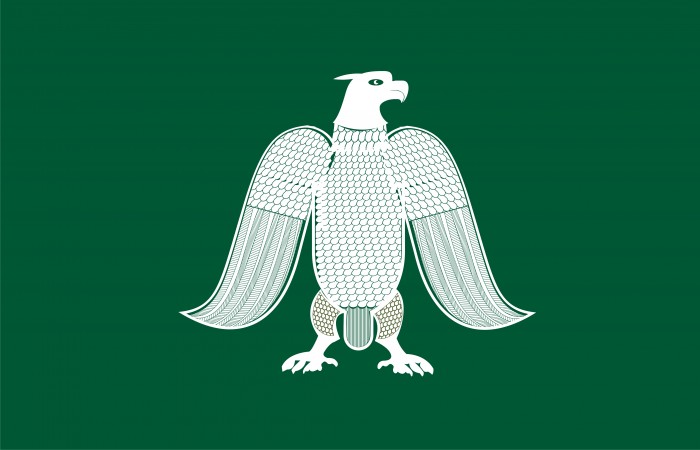
The Catholic Kings flew a flag that combined the coat of arms of Aragon with those of Castile and those of León. This proto-flag was also used by Felipe el Hermoso, husband of their daughter, Juana la Loca, who brought the Burgundy cross with him.
His son, Carlos I of Spain and emperor of the Holy Roman Empire, took the Burgundy cross as a personal emblem and thus became widespread among the different Spanish kingdoms.
Although the red cross with the white background is always used to remember the Hispanic Empire, the reality is that this was not the symbol of the Spanish states, but the monarch’s staff.
In fact, not even of all the monarchs of the Austrian or Habsburg house, since Philip II changed his colors: he kept the red cross, but the background preferred it yellow.
Cross of Burgundy or Cross of San Andrés, which, with very different designs, was used by the navy who always wore the emblem, since the design became the most varied in colors and shapes according to the regiment.
Its first use as a Spanish military emblem was during the Battle of Pavia, in 1525. It was not used, therefore, by Hernán Cortés in the conquest of Mexico, for example, which lasted from 1519 to 1521.
This flag continues to be present in numerous territories that were part of the Hispanic crown and in various regiments of the three Spanish armies.

The flag changed again when the house of Bourbons took over the Spanish throne. Up to this point, the Spanish flag was a symbol of the king or monarchy, not of the country itself.
Because of the aforementioned confusion on the high seas, Carlos III took a practical step and called for a competition for a new naval flag that would differentiate Spanish ships from those of other countries. In fact, there would be two, one for civil ships and one for military ships.
Antonio Valdés y Fernández Bazán came up with a dozen different designs, two of which were selected. Of the two chosen designs, the military option would become the current flag.
Between the reign of Carlos III and the war of independence against Napoleon, the flag became more commonplace in day-to-day life. During the French occupation of the peninsula, this flag design became the flag the population used during their revolt against the French government.
Then during the First Republic, the design remained very similar but the monarchical symbols of the shield were eliminated.
Until the dictatorship of Primo de Rivera, the five-stripe civil flag that had been established by Carlos III decided to use on merchant ships continued to be used. The dictator prohibited it and the three-line line was always used, originally restricted to war.
The next change that the flag would suffer would come during the Second Republic. Changes were made to include the colors of the flag of Castille, as the colors of the house of Aragon are prominently featured. The problem is that the banner of Castile, which at that time was thought to be violet, was actually crimson.
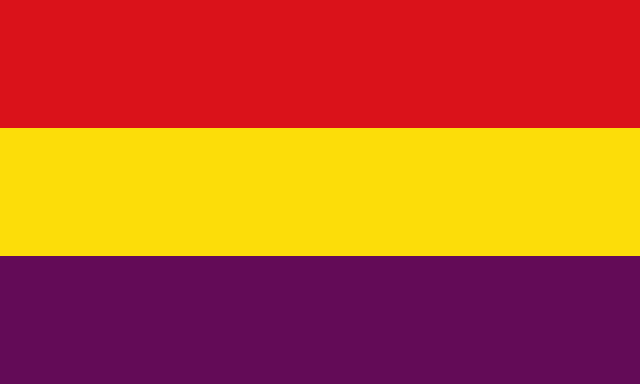
At the beginning of the Civil War, Franco’s forces fought under the republican flag, but just a few months later they changed it to the traditional one, although it maintained the shield of the second Republic in the center.
After the fascist victory, the 2 tone flag with the Eagle of San Juan, symbol of the Catholic Monarchs, was officially reestablished and modified twice, in 1945 and in 1977.
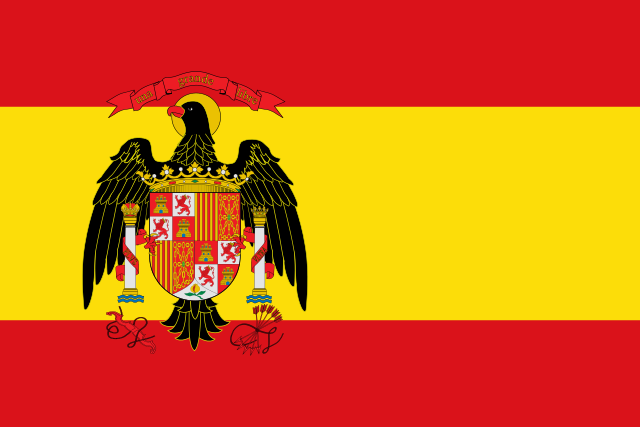
After the fall of the dictatorship, and the arrival of democracy to Spain, the flag was changed one last time. On the current flag, a ribbon surrounds the columns with the motto Plus Ultra, which in Latin means beyond. The two columns represent the columns of Hercules, which marks the entrance to the Atlantic, and, as legend has it, marked the end of the world. All this set on the traditional red and yellow flag.
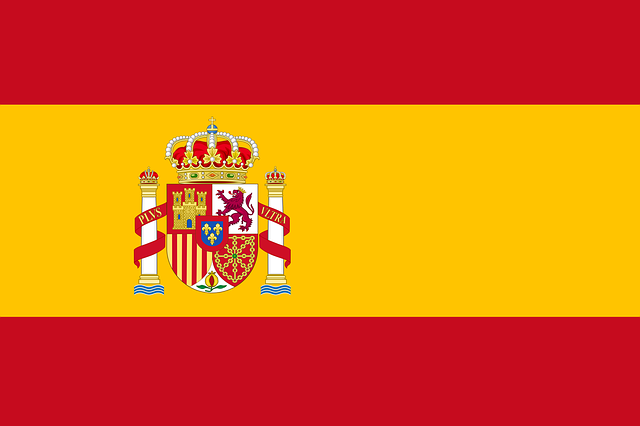

Our list of the best Spanish basketball players EVER. Spain has brought us some of the best basketball players ever, these are the best of the best. … Read More

In this article we go over the how to make traditional Valencian Paella. There are very specific details to make proper Paella and their all here. … Read More
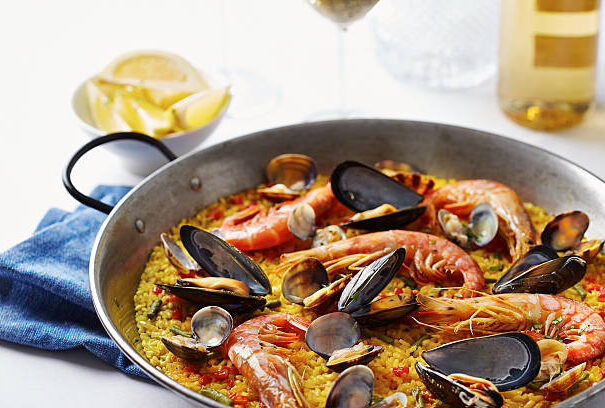
When people commonly refer to the Spanish diet, the image typically portraited is that of the Mediterranean diet. Olive oil, grains, vegetables, fruit, fish…We cannot, however, refer to just one single Spanish diet since there are many regional differences. In this article, we are going to cover those and highlight some of Spain´s most well-known local dishes. From the valencian paella to the ,madrid cocido,learn all about spain’gastronomy … Read More

Spanish culture is complex, dynamic and rich. As in many countries in the world, globalisation has introduced many changes to daily routines and even to what people believe is right or wrong. Nevertheless, there are many things which are clearly “Spanish” As in many other places in the world, Spanish culture is today best enjoyed and perceived away from the larger cities … Read More
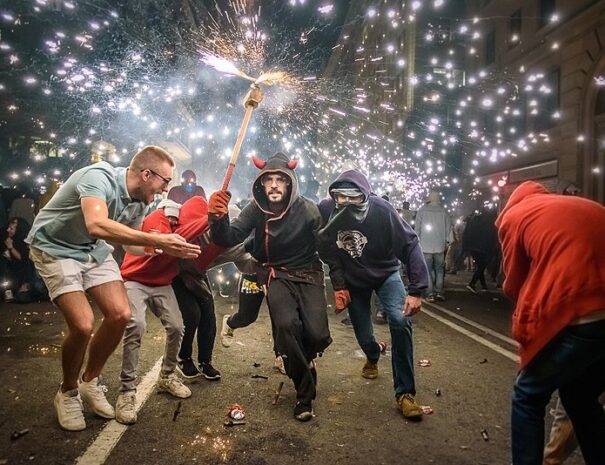
The patron saint of the city of Barcelona is the Virgen de la Mercé, and is celebrated every September 24TH since the nineteenth century to dismiss the summer solstice and prepare for the arrival of the colder months.
A Mediterranean feast that brings back all the inhabitants of the city to enjoy music, dance and street entertainment with Giants, Castellars and Sardanas that dance to traditional instruments such as the “chirimía” a kind of hornpipe. … Read More

If you ask any Spaniard which food is the most typical and authentically Spanish, the answer is most likely going to be Iberico ham, and rightfully so. … Read More
is proudly powered by WordPress